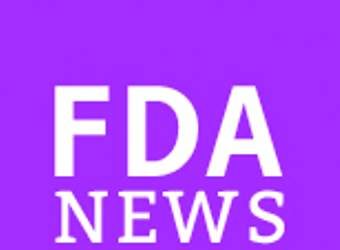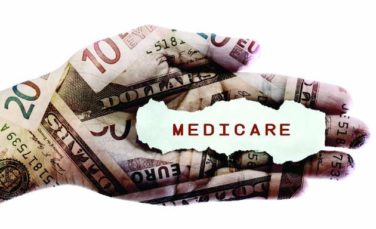FROM THE ESC CONGRESS 2017
Supplemental oxygen did not prevent mortality or rehospitalization among patients with suspected myocardial infarction whose oxygen saturation on room air exceeded 90%, investigators reported.
Rates of all-cause mortality at 1 year were 5% among patients who received supplemental oxygen through an open face mask (6 liters per minute for 6-12 hours) and 5.1% among patients who breathed room air, said Robin Hofmann, MD , of Karolinska Institutet, Stockholm, and his associates. In addition, rehospitalization for MI occurred in 3.8% of patients who received supplemental oxygen and 3.3% of those breathed room air. The findings of the randomized registry-based trial of 6,629 patients were presented at the annual congress of the European Society of Cardiology and published simultaneously in the New England Journal of Medicine.
Guidelines recommend oxygen supplementation in MI, and the practice has persisted for more than a century, but adequately powered trials of hard clinical endpoints are lacking. Above-normal oxygen saturation can potentially worsen reperfusion injury by causing coronary vasoconstriction and increasing production of reactive oxygen species, the researchers noted.
Notably, the Australian Air Versus Oxygen in Myocardial Infarction ( AVOID ) trial found that oxygen supplementation was associated with larger infarct sizes in patients with ST-segment elevation myocardial infarction, and a recent Cochrane report did not support routine oxygen supplementation for MI.
The current trial enrolled patients aged 30 years and older who had chest pain or shortness of breath lasting less than 6 hours, an oxygen saturation of at least 90% on pulse oximetry, and either electrocardiographic evidence of ischemia or elevated cardiac troponin T or I levels (N Engl J Med. 2017 Aug 28. doi: 10.1056/NEJMoa1706222).
Oxygen therapy lasted a median of 11.6 hours, after which median oxygen saturation levels were 99% in the intervention group and 97% in the control group.
A total of 62 patients (2%) who received oxygen developed hypoxemia, as did 254 patients (8%) who breathed room air. Median highest troponin levels during hospitalization were 946.5 ng per L and 983.0 ng per L, respectively. A total of 166 (5%) patients in the oxygen group and 168 (5.1%) control patients died from any cause by a year after treatment (hazard ratio, 0.97; P = .8). Likewise, supplemental oxygen did not prevent rehospitalization with MI within 1 year (HR, 1.13; P = .3).
“Because power for evaluation of the primary endpoint was lower than anticipated, we cannot completely rule out a small beneficial or detrimental effect of oxygen on mortality,” the researchers wrote. But clinical differences were unlikely, based on the superimposable time-to-event curves through 12 months, the consistent results across subgroups, and the neutral findings on secondary clinical endpoints, they added.
The Swedish Research Council, the Swedish Heart-Lung Foundation, and the Swedish Foundation for Strategic Research funded the study. Dr. Hofmann disclosed research grants from these entities.





